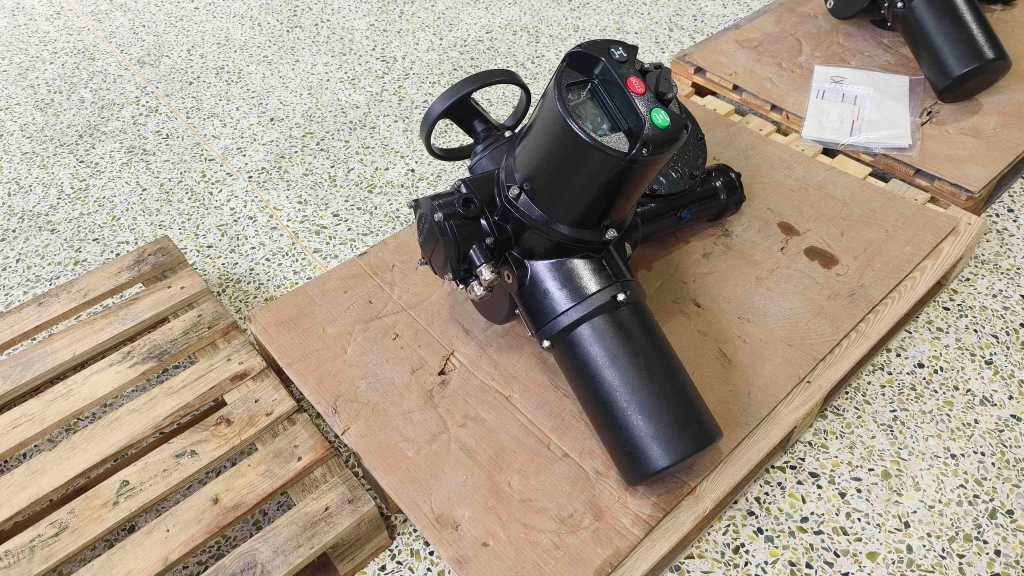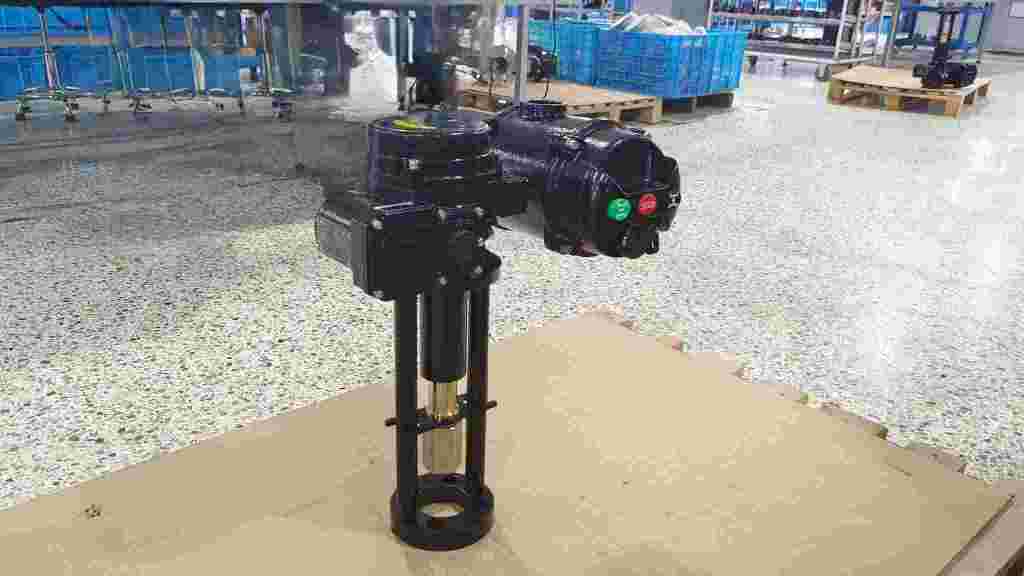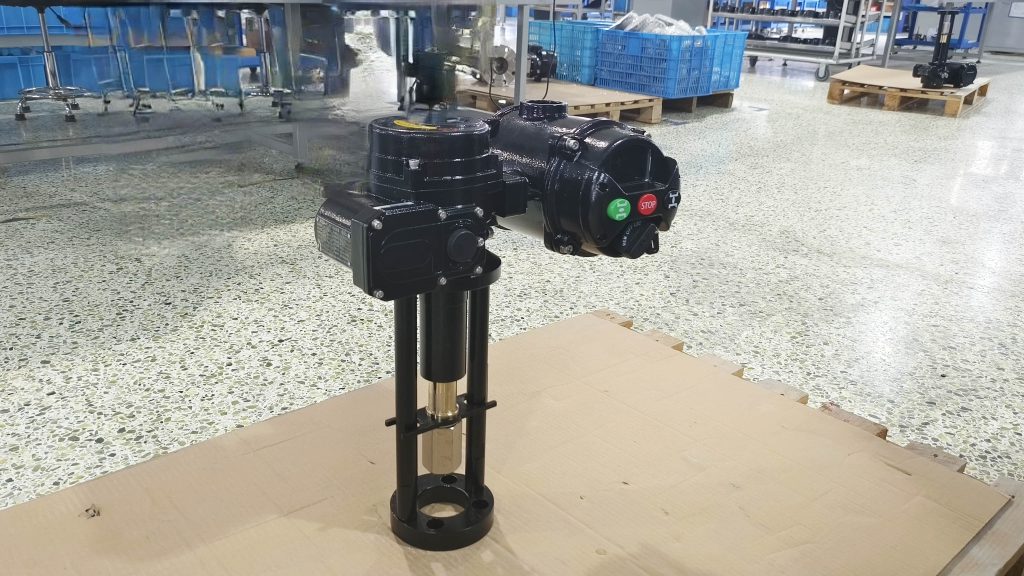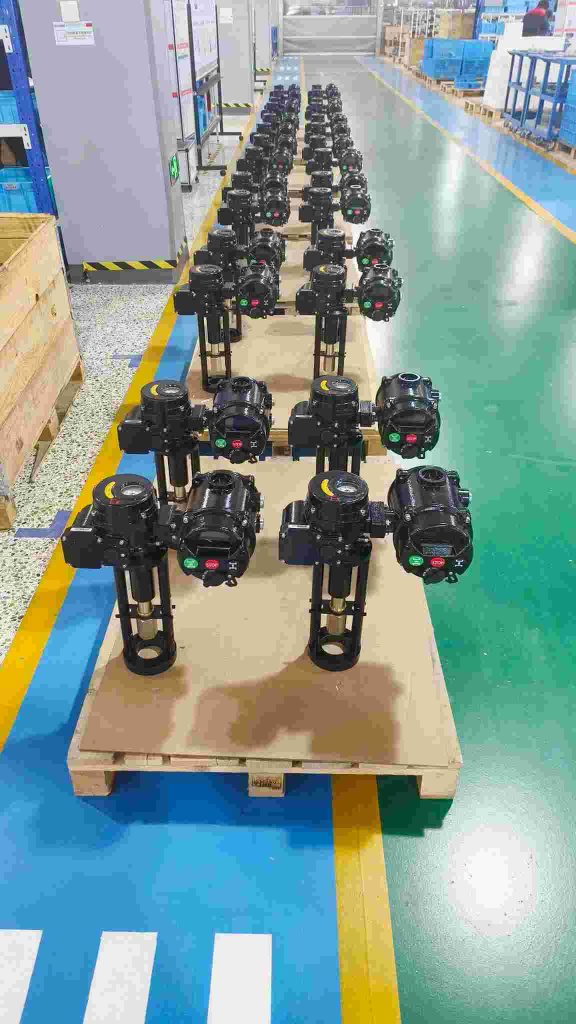In recent years, the demand for highly efficient, accurate, and versatile systems has accelerated in various industries, from manufacturing to robotics. One technological advancement that has garnered significant attention is the Intelligent Integrated Electric Actuator (IIEA). These actuators combine the power of electric drive systems with smart functionalities, offering unmatched precision, reliability, and ease of integration into automation systems. In this article, we will explore the working principles, applications, and benefits of intelligent integrated electric actuators, highlighting their growing role in revolutionizing automation.

What is an Intelligent Integrated Electric Actuator?

An Intelligent Integrated Electric Actuator is a compact electromechanical device that performs mechanical work by converting electrical energy into motion, while also incorporating advanced control systems. Unlike traditional actuators, which may require external control units and separate components for feedback and positioning, IIEAs integrate these capabilities into a single unit. This integration includes sensors, controllers, communication interfaces, and sometimes even diagnostic tools—all embedded in the actuator itself.

These actuators typically consist of an electric motor, a gear mechanism for controlling speed and torque, a position sensor (such as an encoder), and a microprocessor or controller to handle decision-making and communication. The ability to autonomously monitor and adjust parameters such as position, speed, and torque without needing external systems makes them ideal for precise and responsive applications.

Key Features of Intelligent Integrated Electric Actuators

Compact Design: By integrating all necessary components into a single actuator, the design is significantly more compact compared to traditional systems that require separate units for control, feedback, and power transmission. High Precision and Control: IIEAs offer superior precision in terms of movement and positioning. The built-in feedback systems and controllers allow for fine-tuned control over various parameters, which is essential in applications that require high accuracy. Self-Diagnostics and Fault Detection: Many intelligent actuators are equipped with built-in diagnostic tools that can monitor performance and detect faults in real-time. This leads to more reliable systems and reduces downtime caused by maintenance issues.

Leave a Reply